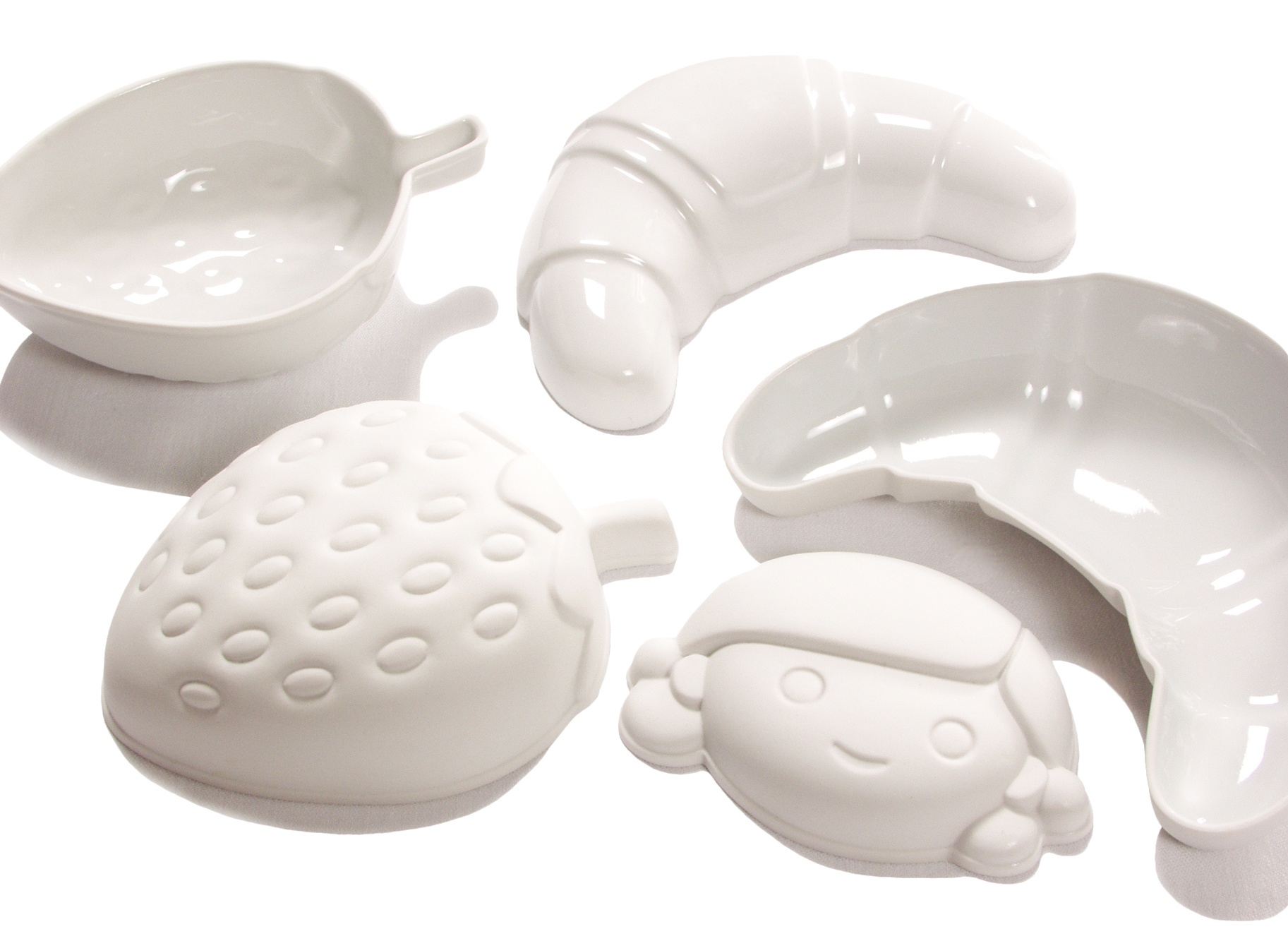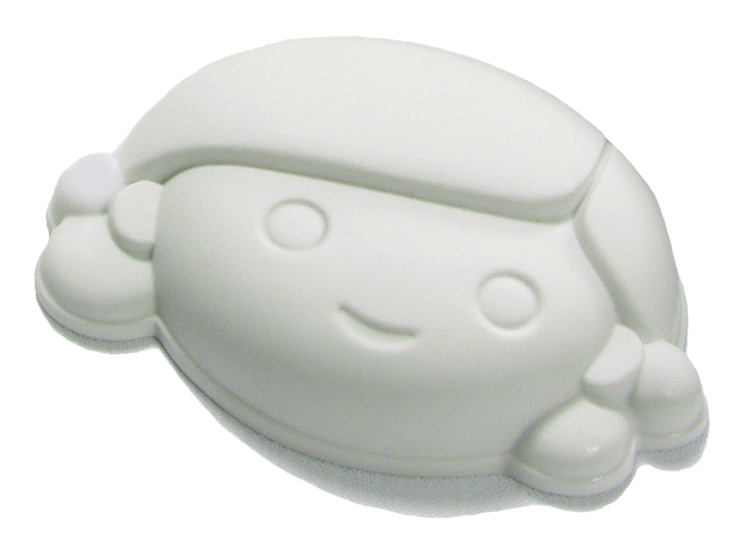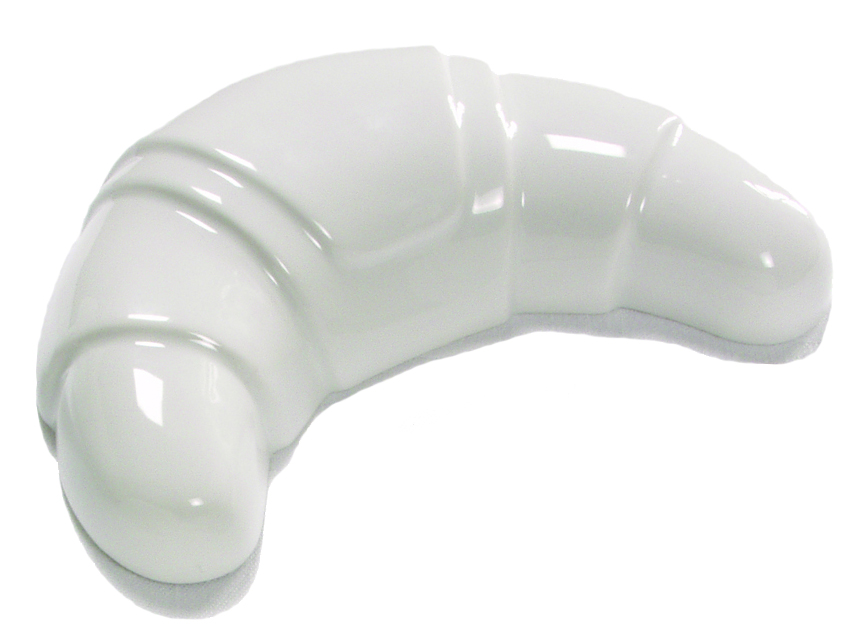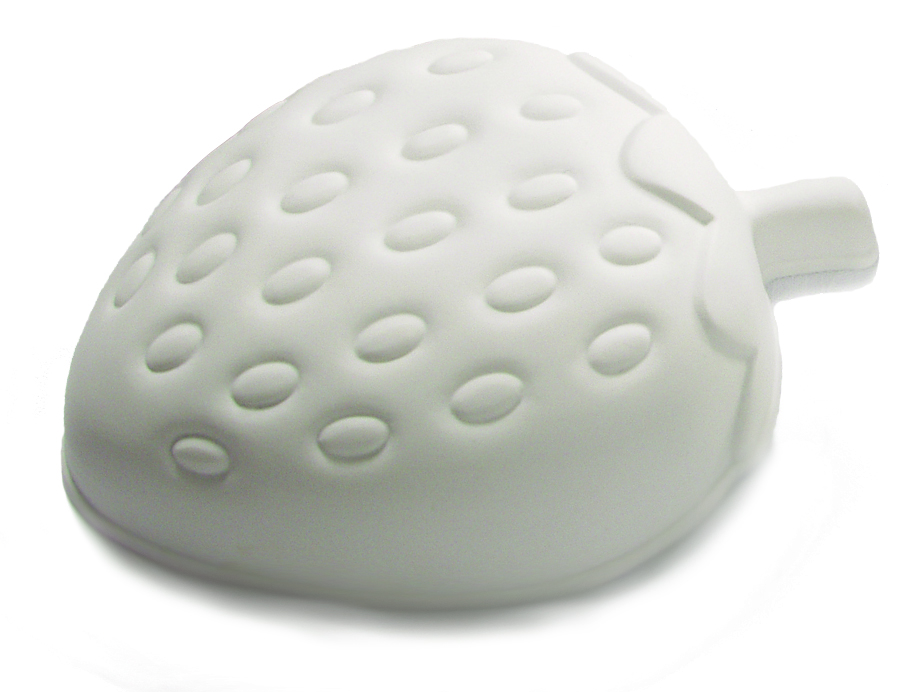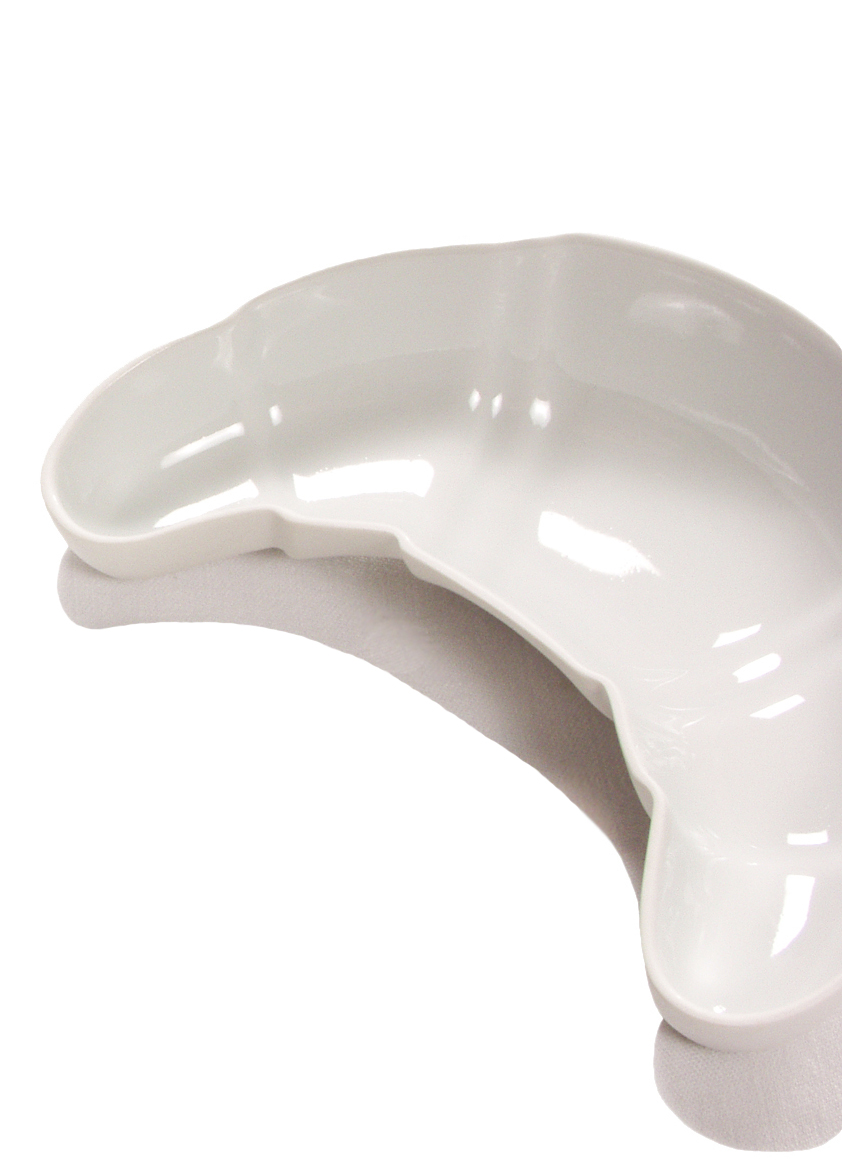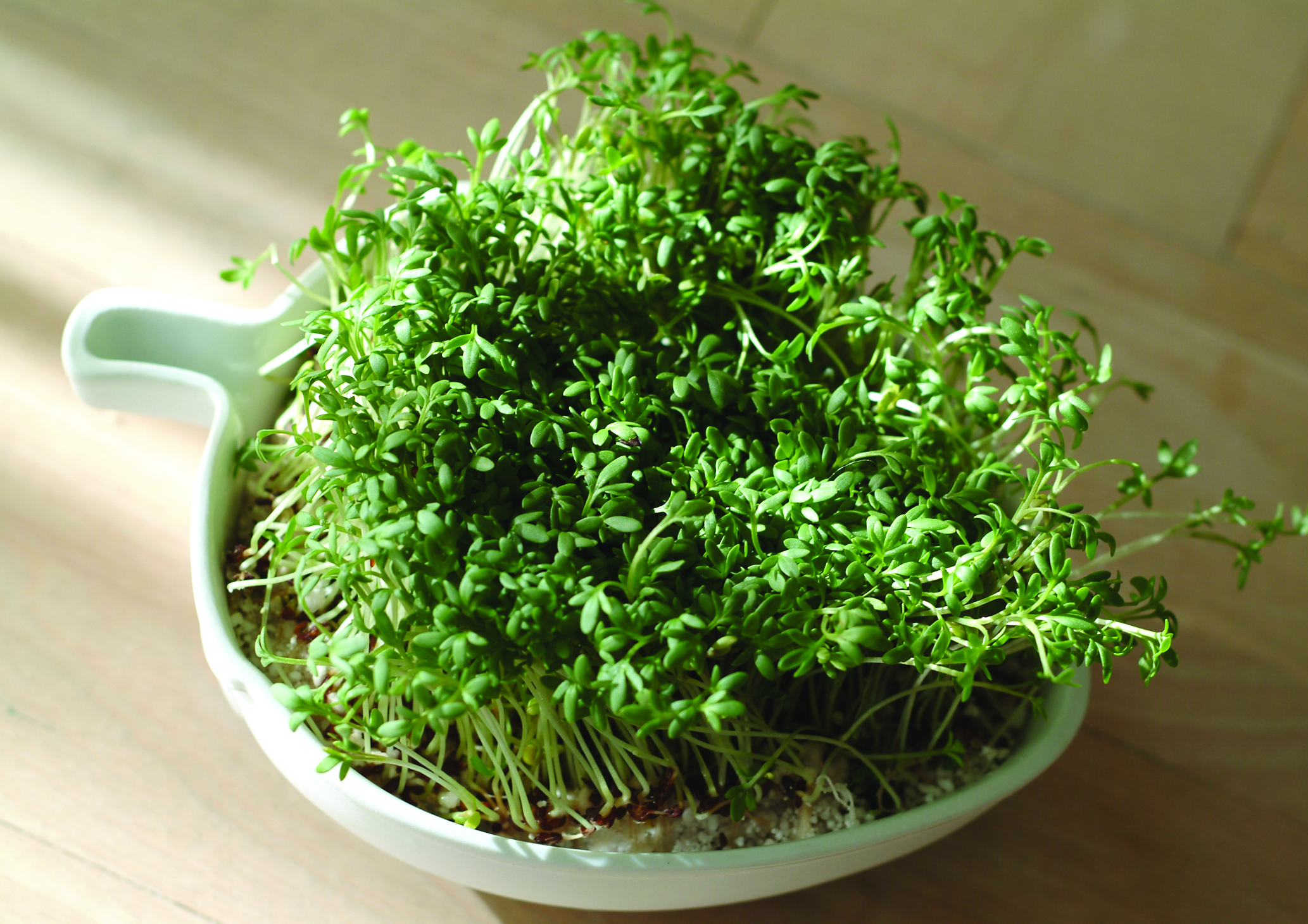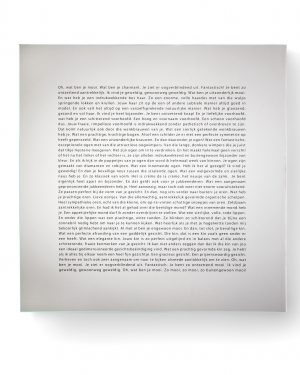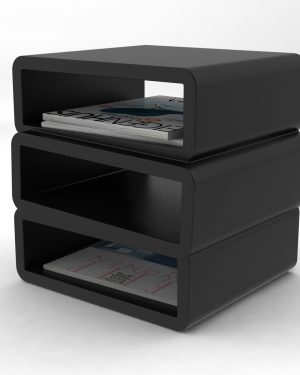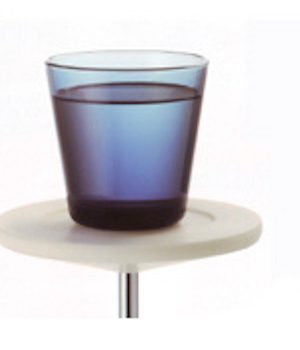Happy Porcelain Design Tina Roeder by Goods
The Happy Porcelain series was designed by Tina Roeder, she was inspired by children and her friends’ breakfast habits in her design.
“It all began when I saw kids playing in a sandbox at a playground. I was surprised by the amount of stories they came up with, only playing with three or four sand moulds. A child’s imagination is unrestrained, which I admire greatly,” says Roeder.
“The set of bowls I designed is about the individual habits I observed with friends. For instance, Happy Girl was inspired by one of my friends with whom I sometimes used to have breakfast in Antwerp, Belgium. She would eat an extremely healthy breakfast, muesli and fresh fruits, only to finish it off with two rich Belgian pralines. I just loved the irrationality of it and wanted to capture that habit by adding a tiny praline bowl to the Happy Porcelain set. Another friend rarely uses things for what they are intended. I find that inspiring and let it recur in my concept.”
Models and sizes
The Happy Porcelain series consists of three models, Girl, Croissant and a Strawberry. They are made of white porcelain. Available in two variants: the glossy one that is also glazed on the outside and the matte version that is only glazed on the inside.
Sizes:
Girl: H 3,5 x 8 x 11,5 cm
Croissant: H 4 x 17 x 11,5 cm
Strawberry: H 11 x 23 x 30 cm
Tina Roeder
Tina Roeder (1976) received a Bachelor degree at Saint Martins College in London in 2000 and a Master degree from the Design Academy Eindhoven in 2004. In 2006, she started her own design studio in Antwerp after doing an internship at Studio Job. She currently works and lives in Berlin. The distinct thoroughness evident in Roeder’s way of working has marked her life so far and will do so in her future endeavours. Her work exists between design and art, mass production and manual labour to ensure high quality, form and concept. She is often inspired by daily situations or user objects, and creates new products from this particular starting point.
“By stripping down or deconstructing shapes and topics, I try to comprehend their meaning and relevance for contemporary culture. I do so only to reconstruct them again afterwards as a subjective update, transforming my findings into a material form”, Roeder says about her own work. The structures that appear as a result translate inner and outer complexity to a lightness, which makes the design look easy. Her projects also inspire awareness. “I try to create things which generally last longer and are thus more sustainable. A good object tells the stories of the times we live in. It will increase in value and become more beautiful as time goes by.”

